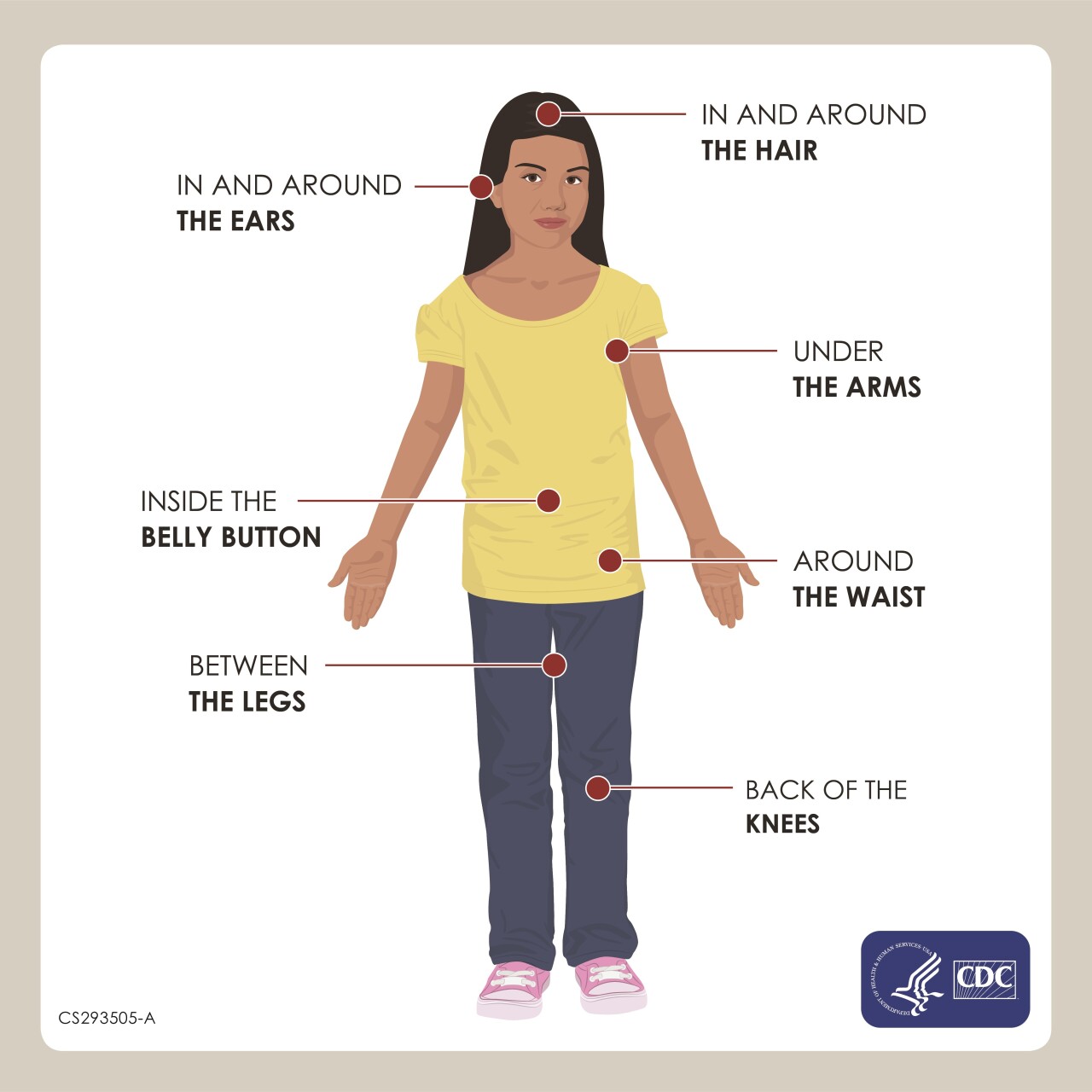Sarah Phinney has been showing you parks and trails across the Tampa Bay region since July through her #WalkingClub series. Now, she's getting frequently asked questions in the Walking Club Facebook group answered.
As many of us head for trails and parks across the bay area to escape crowds, it's important to keep in mind that ticks are ever-present in Florida. Use this advice to keep yourself, your family and your pets safe!
What kind of ticks are found in Florida?
According to Rebecca Winch, Environmental Lands Management Technician with Hillsborough County Conservation and Environmental Lands Management, the most common ticks in Florida are the:
- Blacklegged Tick (also known as the deer tick)
- Lone Star Tick
- American Dog Tick
- Gulf Coast Tick
Winch says ticks are around in some form all year long, but adult ticks are most prevalent from March until November.
“Those are the ones that we need to worry about because the adult ticks are the ones that bite humans,” said Winch.
Ticks are most often found in places with heavy woods, brush and tall grass. Some people believe that ticks fall on them when walking, but Winch says that is a common misconception.
“What actually happens is, they wait on pieces of grass or on leaves with their front legs extended. When they sense a human or an animal, they reach out and grab,” said Winch. “So ticks are getting on when you brush by grass or low lying brush and then they climb up.”
The Centers for Disease Control recommends walking in the center of the trail.
How should I check for ticks?
After a long hike, Winch says it’s a good idea to do a quick, visible areas tick check before you get into the car to go home.

“You’re gonna want to shower as soon as get back because if a tick hasn’t embedded yet, that might help to wash the ticks off your body,” said Winch.
Then, she says you’ll want to do a thorough tick check. The CDC recommends checking:
- In and around your hair
- In and around your ears
- Under the arms
- Inside your belly button
- Around the waist
- Between the legs
- Back of the knees
“A lot of ticks are so small, that they might just look like a little speck of dirt of a poppy seed, but your fingertips will be able to feel that little bump on you, better than your eyes can see it,” said Winch.

It's also important to check your dog for ticks. The CDC recommends checking:
- In and around the ears
- Around the eyelids
- Under the collar
- Around the tail
- Between the back legs
- Under the front legs
- Between the toes
How should I remove a tick?
Winch points to the Centers for Disease Control method of removing ticks. Those instructions are:
1. Use fine-tipped tweezers to grasp the tick as close to the skin’s surface as possible.
2. Pull upward with steady, even pressure. Don’t twist or jerk the tick; this can cause the mouth-parts to break off and remain in the skin. If this happens, remove the mouth-parts with tweezers. If you are unable to remove the mouth easily with clean tweezers, leave it alone and let the skin heal.
3. After removing the tick, thoroughly clean the bite area and your hands with rubbing alcohol or soap and water.
4. Never crush a tick with your fingers. Dispose of a live tick by putting it in alcohol, placing it in a sealed bag/container, wrapping it tightly in tape, or flushing it down the toilet.
Does Lyme Disease exist in Florida ticks?
Yes, Lyme Disease exists in some ticks in Florida.
“A lot of people think that Lyme Disease is only a northern problem,” said Winch. “It’s actually not. Although Florida doesn’t have a super high instance of Lyme Disease, we do have about 100 cases a year, per the CDC website.”
Click here for a map showing the latest data of reported Lyme Disease cases across the country.
Click here to check the early signs and symptoms and later signs and symptoms of Lyme Disease.
How can I prevent tick bites?
Winch says long sleeves and long pants are the best first defense against a tick bite. She suggests tucking your pants into your socks. Doing so will help prevent ticks from being able to crawl up your pant leg. Also, consider gathering your sleeves at your wrist to prevent ticks from crawling up your arm. And, wear light-colored clothing because it will help you see ticks before they get inside of your clothes.
Winch suggests treating your clothes with permethrin, which is EPA approved. Read more about permethrin here.
Winch says it’s also a good idea to use Deet (as directed) on your skin, in combination with using permethrin on your clothing.
For dogs, she says it's best to seek out products recommended by veterinarians, like a monthly flea or tick treatment.
Get involved in Walking Club!
Post photos of your adventures, ask questions and learn about upcoming #WalkingClub stories in Sarah’s Walking Club group on Facebook!



